
Are you looking for a new smartphone and can it cost a bit? With a maximum of six hundred euros in your pocket, you can choose from many top models that will last for years. Which devices offer a competitive price-quality ratio or stand out for another reason? Here Techzle highlights the 10 best smartphones with price up to 600 euros.
- 1. Huawei Mate 20 Pro
- 2. Samsung Galaxy S10e
- 3. Google Pixel 3a
- 4. Fairphone 3
- 5. Xiaomi Mi Note 10
- 6. Huawei Nova 5T
- 7. OnePlus 7T
- 8. Huawei P30
- 9. LG G8s ThinQ
- 10. Oppo Reno 2
Top 10 smartphones which cost less than 600 euros
1. Huawei Mate 20 Pro
Techzle review score: 90/100
+ Compact
+ Long battery life
– Software (support)
– Moderate fingerprint scanner
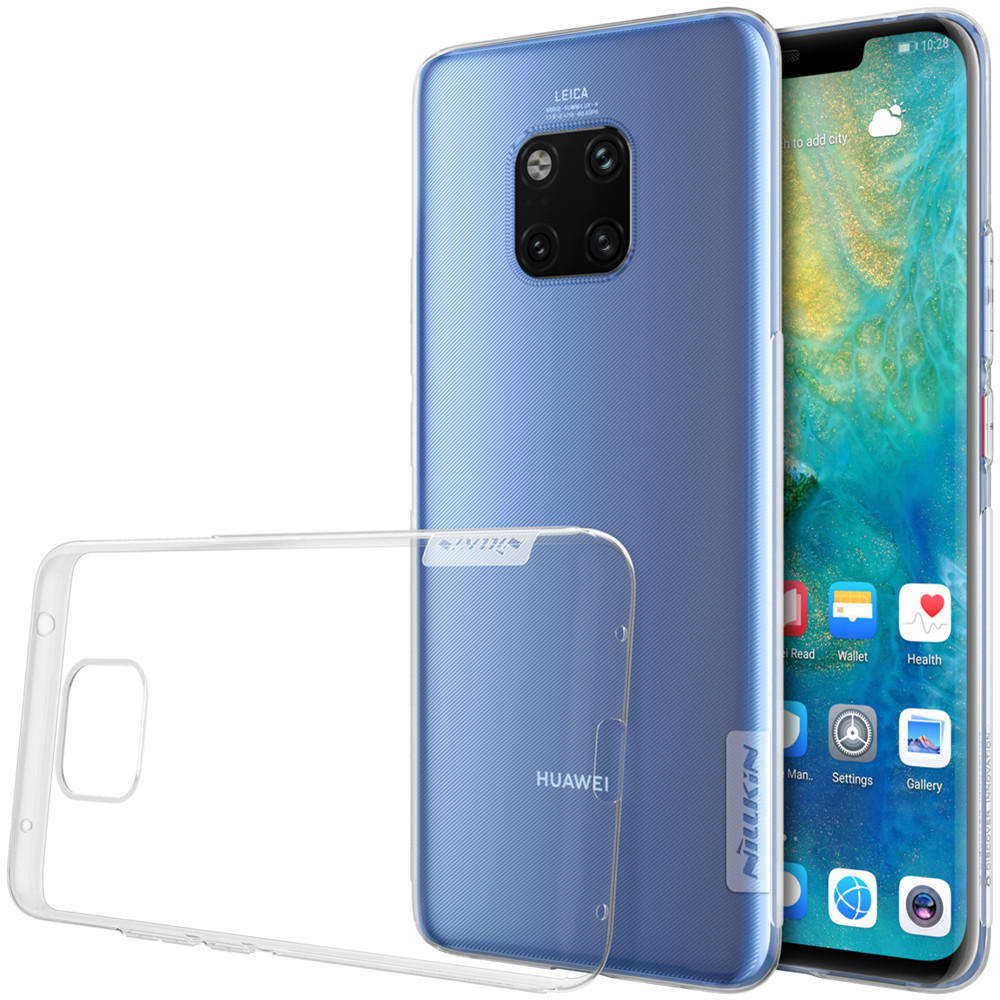 The Huawei Mate 20 Pro dates from the end of 2018 and is therefore the oldest smartphone in this overview. But he can still keep up with the competition. For example, the device has a very nice OLED screen with razor-sharp QHD resolution. With 6.39-inch, the display is difficult to operate with one hand but ideal for movies, series and games. Thanks to its powerful Kirin 980 processor and 6GB memory, the Mate 20 Pro handles all your tasks effortlessly and you can store a lot of data on the 128GB memory. The memory can be expanded via an NM card, which is less practical than a micro-SD card. The smartphone also lacks a 3.5 mm headphone jack and uses a moderate fingerprint scanner behind the display. On the other hand, the device has a very long battery life and charges super fast (40W). Wireless charging is also possible and also fast. The triple camera on the back is versatile and takes beautiful photos especially during the day. At the front is a good selfie camera, assisted by a set of sensors that make 3D face protection possible. This works similar to the Face ID of the iPhone, but is slightly less accurate. Huawei’s EMUI software is getting used to because of the many pre-installed apps and visual adjustments to Android. Because the Mate 20 Pro is older, the software support stops between the end of 2020 and the end of 2021.
The Huawei Mate 20 Pro dates from the end of 2018 and is therefore the oldest smartphone in this overview. But he can still keep up with the competition. For example, the device has a very nice OLED screen with razor-sharp QHD resolution. With 6.39-inch, the display is difficult to operate with one hand but ideal for movies, series and games. Thanks to its powerful Kirin 980 processor and 6GB memory, the Mate 20 Pro handles all your tasks effortlessly and you can store a lot of data on the 128GB memory. The memory can be expanded via an NM card, which is less practical than a micro-SD card. The smartphone also lacks a 3.5 mm headphone jack and uses a moderate fingerprint scanner behind the display. On the other hand, the device has a very long battery life and charges super fast (40W). Wireless charging is also possible and also fast. The triple camera on the back is versatile and takes beautiful photos especially during the day. At the front is a good selfie camera, assisted by a set of sensors that make 3D face protection possible. This works similar to the Face ID of the iPhone, but is slightly less accurate. Huawei’s EMUI software is getting used to because of the many pre-installed apps and visual adjustments to Android. Because the Mate 20 Pro is older, the software support stops between the end of 2020 and the end of 2021.
2. Samsung Galaxy S10e
Review score: 80/100
+ Handy device
+ Fantastic display
– Charges slowly
– Not the most versatile camera
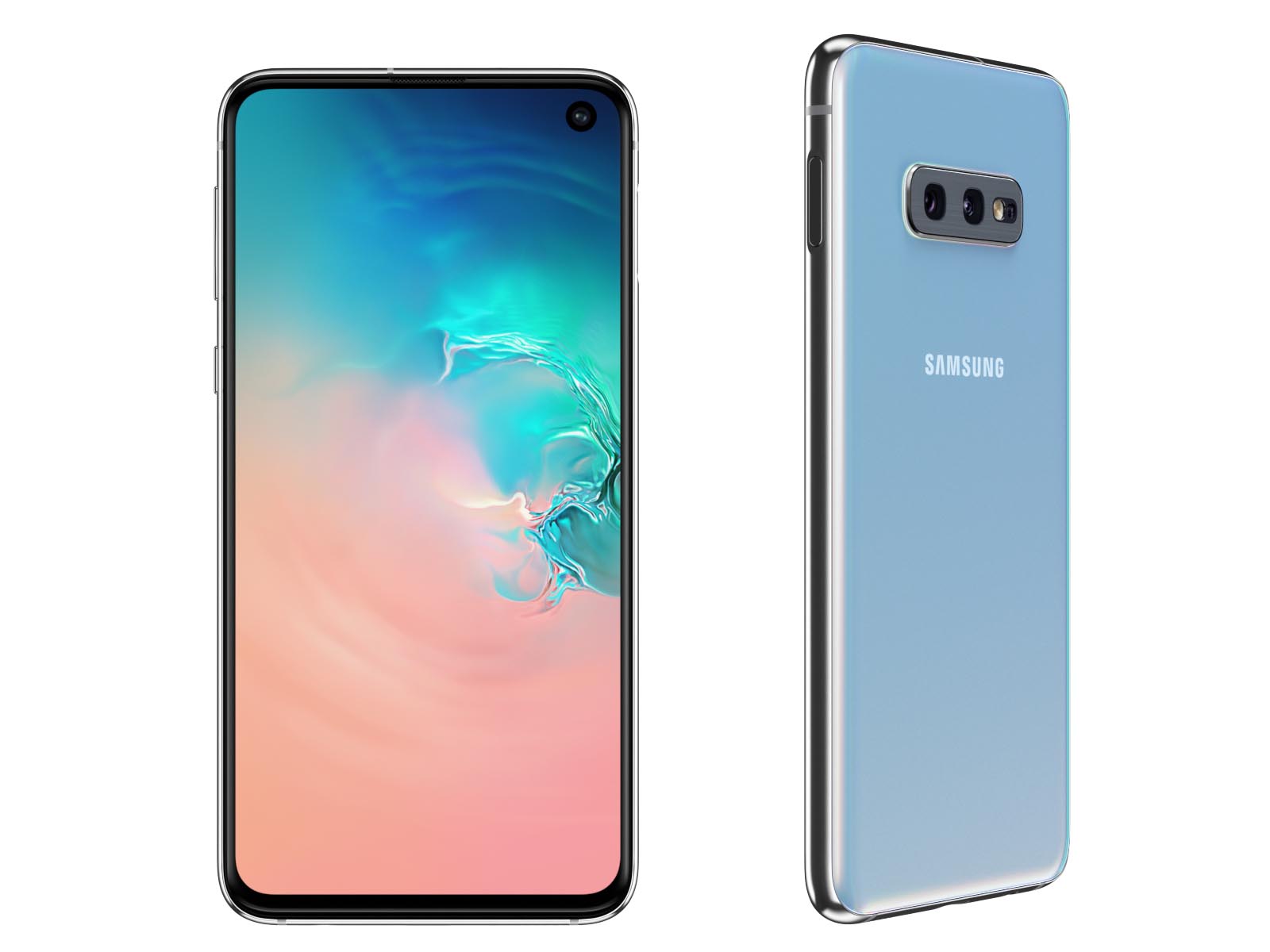 The wildly popular Samsung Galaxy S10e is a more compact and slightly stripped-down version of the Galaxy S10 and S10 Plus. You notice that mainly in the price, because the e-variant is considerably cheaper. In practice, the differences with the regular S10 are minimal. In some areas we find the S10e even better. You can use it better with one hand because of the smaller, flat 5.8-inch screen and we miss the curved screen edges of the S10 as a toothache. The same applies to the moderate fingerprint scanner behind the screen: the S10e has a better scanner in the on and off button on the side. The device is as fast as the S10 and also has 128GB of working and storage memory and 6GB (versus 8GB) of memory. The limited useful zoom camera of the S10 has been saved, but the primary camera and wide-angle lens have remained. The S10e therefore takes very nice photos, which you can see on the beautiful full-HD OLED screen. You can use the smartphone for a long day before you have to charge it. The battery charges slower than average but does support wireless charging. Samsung’s software is user-friendly and the S10e will receive years of updates.
The wildly popular Samsung Galaxy S10e is a more compact and slightly stripped-down version of the Galaxy S10 and S10 Plus. You notice that mainly in the price, because the e-variant is considerably cheaper. In practice, the differences with the regular S10 are minimal. In some areas we find the S10e even better. You can use it better with one hand because of the smaller, flat 5.8-inch screen and we miss the curved screen edges of the S10 as a toothache. The same applies to the moderate fingerprint scanner behind the screen: the S10e has a better scanner in the on and off button on the side. The device is as fast as the S10 and also has 128GB of working and storage memory and 6GB (versus 8GB) of memory. The limited useful zoom camera of the S10 has been saved, but the primary camera and wide-angle lens have remained. The S10e therefore takes very nice photos, which you can see on the beautiful full-HD OLED screen. You can use the smartphone for a long day before you have to charge it. The battery charges slower than average but does support wireless charging. Samsung’s software is user-friendly and the S10e will receive years of updates.
3. Google Pixel 3a
Score 80
+ Software (support)
+ Camera
– Not the most powerful hardware
– Low maximum screen brightness
![]() The Google Pixel 3a is a cheaper version of the Pixel 3, so pay attention to that. Google also sells a Pixel 3a XL with a 6-inch screen, larger battery and higher price tag. Are you looking for a compact smartphone with an excellent camera and the best software (support)? Then the Pixel 3a is an interesting device. With its 5.6-inch display and plastic housing, the smartphone is handy and light (147 grams). The Pixel 3a distinguishes itself with its non-adapted Android software and receives a security update every month for at least three years. In addition, you will receive at least two Android updates, plus faster than all other smartphones. The excellent 12 megapixel camera on the back is also nice. He shoots very colorful and realistic photos and performs above average in the dark. One camera makes the Pixel 3a less versatile than competing smartphones with multiple camera lenses. The processor and 4GB of memory used provide excellent performance, but the Pixel 3a is definitely not the fastest phone. The storage memory is also tight at 64GB, especially since there is no micro-sd slot. The quality of the OLED panel is good, although the maximum brightness of the display is disappointing. You will notice this especially on a sunny day.
The Google Pixel 3a is a cheaper version of the Pixel 3, so pay attention to that. Google also sells a Pixel 3a XL with a 6-inch screen, larger battery and higher price tag. Are you looking for a compact smartphone with an excellent camera and the best software (support)? Then the Pixel 3a is an interesting device. With its 5.6-inch display and plastic housing, the smartphone is handy and light (147 grams). The Pixel 3a distinguishes itself with its non-adapted Android software and receives a security update every month for at least three years. In addition, you will receive at least two Android updates, plus faster than all other smartphones. The excellent 12 megapixel camera on the back is also nice. He shoots very colorful and realistic photos and performs above average in the dark. One camera makes the Pixel 3a less versatile than competing smartphones with multiple camera lenses. The processor and 4GB of memory used provide excellent performance, but the Pixel 3a is definitely not the fastest phone. The storage memory is also tight at 64GB, especially since there is no micro-sd slot. The quality of the OLED panel is good, although the maximum brightness of the display is disappointing. You will notice this especially on a sunny day.
4. Fairphone 3
Techzle review score: 80/100
+ Modular, repairable housing
+ Fairer and more sustainable smartphone
– Disappointing screen
– Hardware not as future-proof
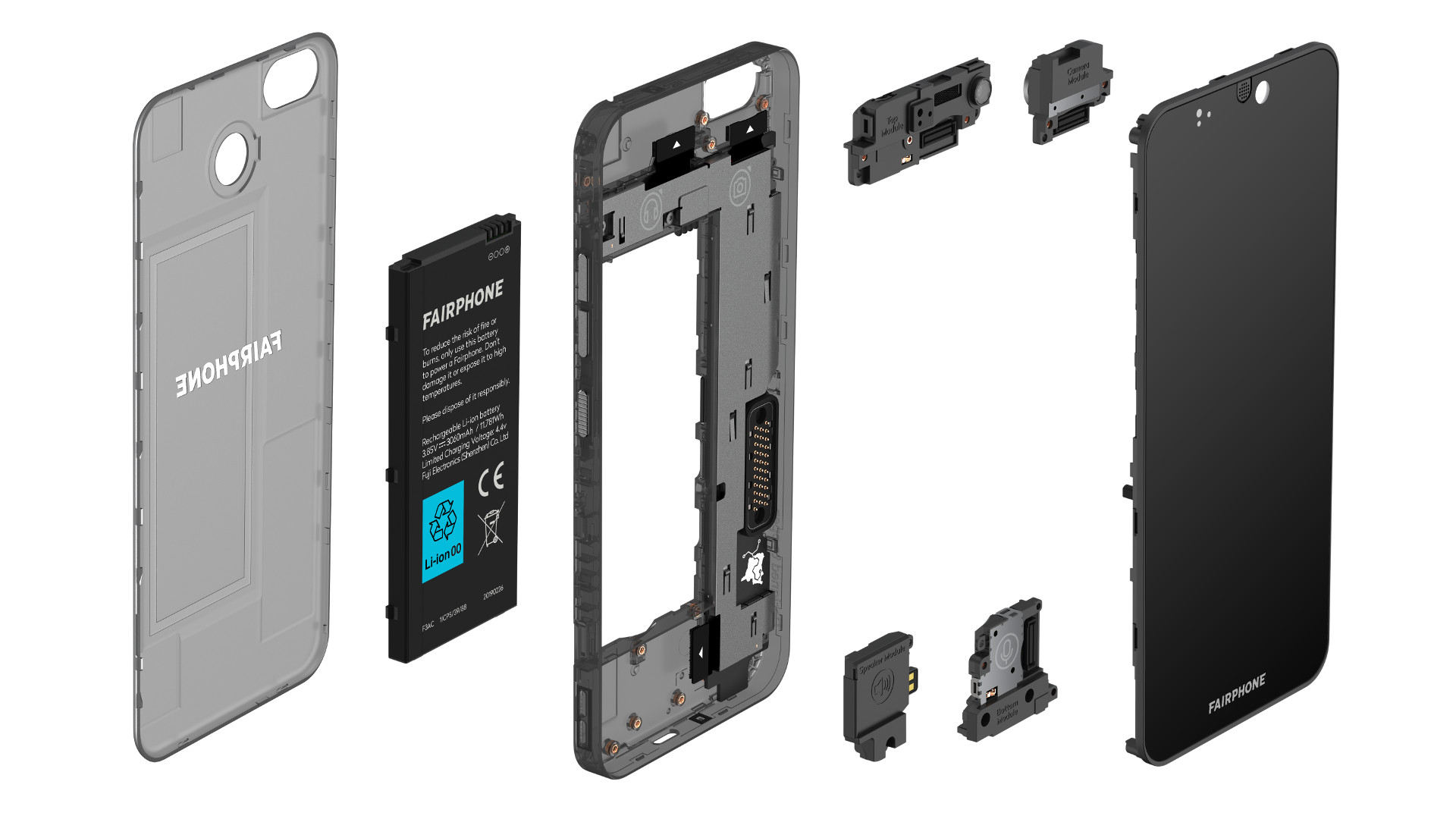 The Fairphone 3 is a unique smartphone. From a Dutch manufacturer and not focused on the best price-quality ratio, but on a more sustainable world. The device consists as much as possible of honestly extracted raw materials and is assembled by factory workers who normally get paid. In addition, the smartphone is almost completely dismantled. With the included screwdriver you can, among other things, replace the screen, the camera and the speaker. The battery is even easier to remove. Other phones cannot do this (just like that). Apart from these components, the Fairphone 3 is special because the manufacturer promises five years of software updates. Many brands do this for two or three years. Considering its price, the hardware of the Fairphone 3 is below average and therefore also less future-proof. The processor is not that powerful, the screen quality of the 5.65-inch LCD display is disappointing and the storage memory with 64GB (and micro-SD slot) is not that big. The battery life is fine with at least one day. The single camera on the back shoots great photos during the day but is not the best. The design of the smartphone also has points for attention.
The Fairphone 3 is a unique smartphone. From a Dutch manufacturer and not focused on the best price-quality ratio, but on a more sustainable world. The device consists as much as possible of honestly extracted raw materials and is assembled by factory workers who normally get paid. In addition, the smartphone is almost completely dismantled. With the included screwdriver you can, among other things, replace the screen, the camera and the speaker. The battery is even easier to remove. Other phones cannot do this (just like that). Apart from these components, the Fairphone 3 is special because the manufacturer promises five years of software updates. Many brands do this for two or three years. Considering its price, the hardware of the Fairphone 3 is below average and therefore also less future-proof. The processor is not that powerful, the screen quality of the 5.65-inch LCD display is disappointing and the storage memory with 64GB (and micro-SD slot) is not that big. The battery life is fine with at least one day. The single camera on the back shoots great photos during the day but is not the best. The design of the smartphone also has points for attention.
5. Xiaomi Mi Note 10
Score 75
+ Large battery and fast charging
+ Versatile cameras
– Camera protrudes, not flat on the table
– Heavy and thick
 Xiaomi’s Mi Note 10 is the world’s first smartphone with a 108 megapixel camera. It photographs as standard in 27 megapixels by fusing four pixels together. This should provide better photos and take up less storage space. It is also possible to make a 108 megapixel photo, which is especially useful for cropping or when you want to print a holiday snapshot in poster format. The Mi Note 10 also has a wide-angle lens, macro camera, camera for portrait photos and a zoom camera on the back. The five lenses make the smartphone versatile, although the cameras are not necessarily the best. Furthermore, the Mi Note 10 has a very large 5260 mAh battery, which lasts approximately one and a half days. Charging is quick (30W). Due to the large battery, the phone is heavy (208 grams) and thicker than usual. The processor is smooth, but less powerful than the competition. The 6.47-inch OLED screen looks colorful and sharp, although we are not directly fans of the curved screen edges. The glass design of the Mi Note 10 is luxurious but also fragile, and is reminiscent of the Huawei P30 (Pro). Xiaomi’s excellent MIUI shell over Android is getting used to in terms of layout and functions. At its release, the phone still ran on the old Android 9.0 (Pie). Xiaomi brings years of updates.
Xiaomi’s Mi Note 10 is the world’s first smartphone with a 108 megapixel camera. It photographs as standard in 27 megapixels by fusing four pixels together. This should provide better photos and take up less storage space. It is also possible to make a 108 megapixel photo, which is especially useful for cropping or when you want to print a holiday snapshot in poster format. The Mi Note 10 also has a wide-angle lens, macro camera, camera for portrait photos and a zoom camera on the back. The five lenses make the smartphone versatile, although the cameras are not necessarily the best. Furthermore, the Mi Note 10 has a very large 5260 mAh battery, which lasts approximately one and a half days. Charging is quick (30W). Due to the large battery, the phone is heavy (208 grams) and thicker than usual. The processor is smooth, but less powerful than the competition. The 6.47-inch OLED screen looks colorful and sharp, although we are not directly fans of the curved screen edges. The glass design of the Mi Note 10 is luxurious but also fragile, and is reminiscent of the Huawei P30 (Pro). Xiaomi’s excellent MIUI shell over Android is getting used to in terms of layout and functions. At its release, the phone still ran on the old Android 9.0 (Pie). Xiaomi brings years of updates.
6. Huawei Nova 5T
Score 75
+ Powerful hardware
+ Long battery life and fast charging
– Software (support)
– Identical to cheaper Honor 20
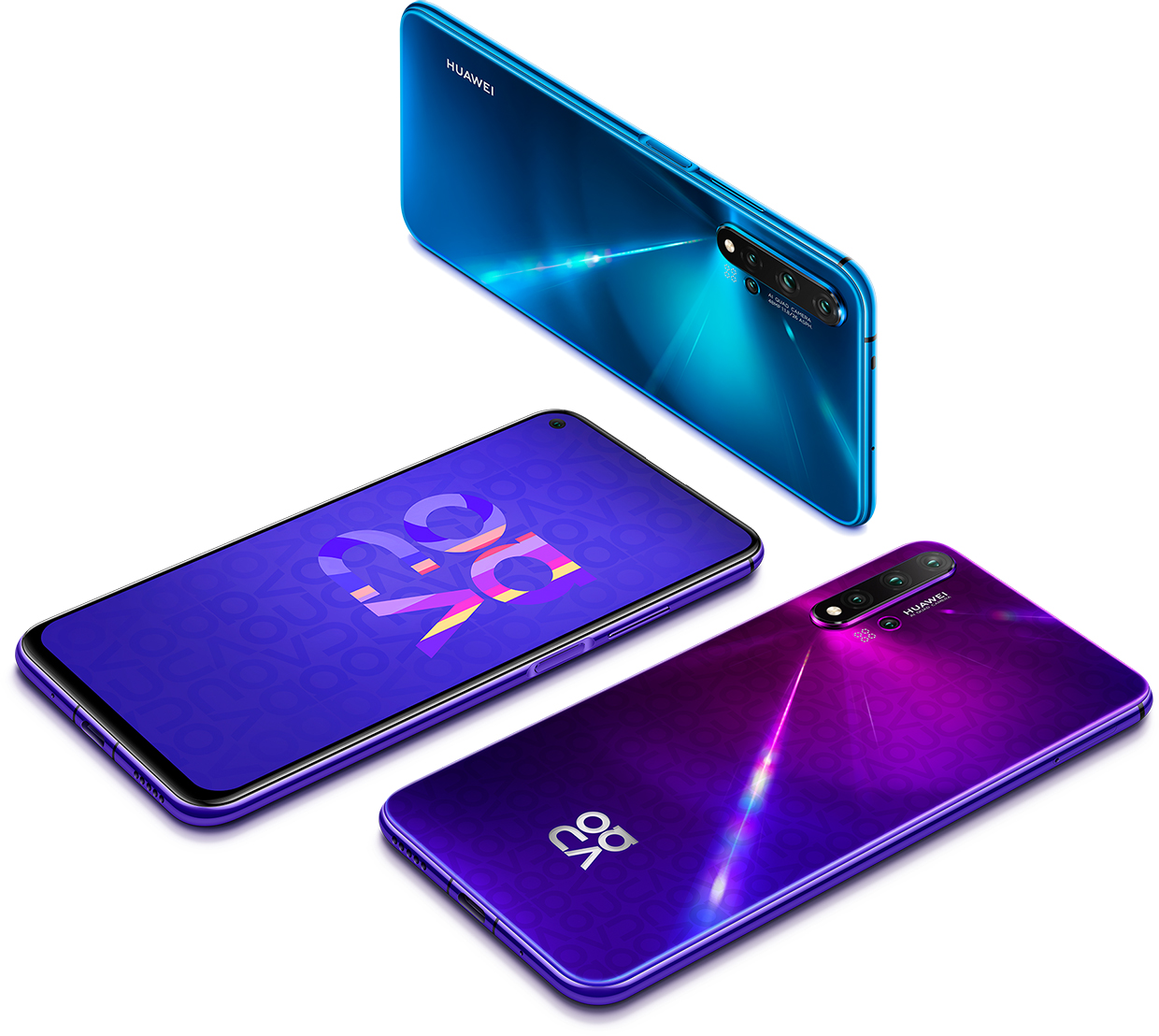 Huawei Nova 5T is practically identical to the previously released Honor 20, a device of daughter brand Honor. The latter, however, is cheaper and therefore a better deal. The Nova 5T has a good 6.2-inch LCD display with sharp full-HD resolution, but in terms of image quality it stands out against an OLED screen. There are four cameras on the back of the phone. The primary 48 megapixel camera takes good photos during the day and in the dark. You also have access to a wide-angle lens, depth sensor and macro camera. They work properly, although we regularly miss a zoom camera. The Nova 5T runs on a super-fast processor with 128 GB of storage memory, unfortunately without a micro-SD slot. A 3.5 mm headphone port is also missing. Thanks to the large 3750 mAh battery, the smartphone effortlessly lasts one and a half days. Charging is nice and quick. Huawei’s EMUI software is getting used to with its radical changes and many included commercial apps. Huawei also released the Nova 5T with the old Android 9 (Pie) software and is vague about its update policy. That is unusual and – with an eye to the price – a bad thing. For the Honor 20, the update policy is equally unclear.
Huawei Nova 5T is practically identical to the previously released Honor 20, a device of daughter brand Honor. The latter, however, is cheaper and therefore a better deal. The Nova 5T has a good 6.2-inch LCD display with sharp full-HD resolution, but in terms of image quality it stands out against an OLED screen. There are four cameras on the back of the phone. The primary 48 megapixel camera takes good photos during the day and in the dark. You also have access to a wide-angle lens, depth sensor and macro camera. They work properly, although we regularly miss a zoom camera. The Nova 5T runs on a super-fast processor with 128 GB of storage memory, unfortunately without a micro-SD slot. A 3.5 mm headphone port is also missing. Thanks to the large 3750 mAh battery, the smartphone effortlessly lasts one and a half days. Charging is nice and quick. Huawei’s EMUI software is getting used to with its radical changes and many included commercial apps. Huawei also released the Nova 5T with the old Android 9 (Pie) software and is vague about its update policy. That is unusual and – with an eye to the price – a bad thing. For the Honor 20, the update policy is equally unclear.
7. OnePlus 7T
Score 70
+ Beautiful 90Hz screen
+ Hardware
– No wireless charging
– No headphone connection
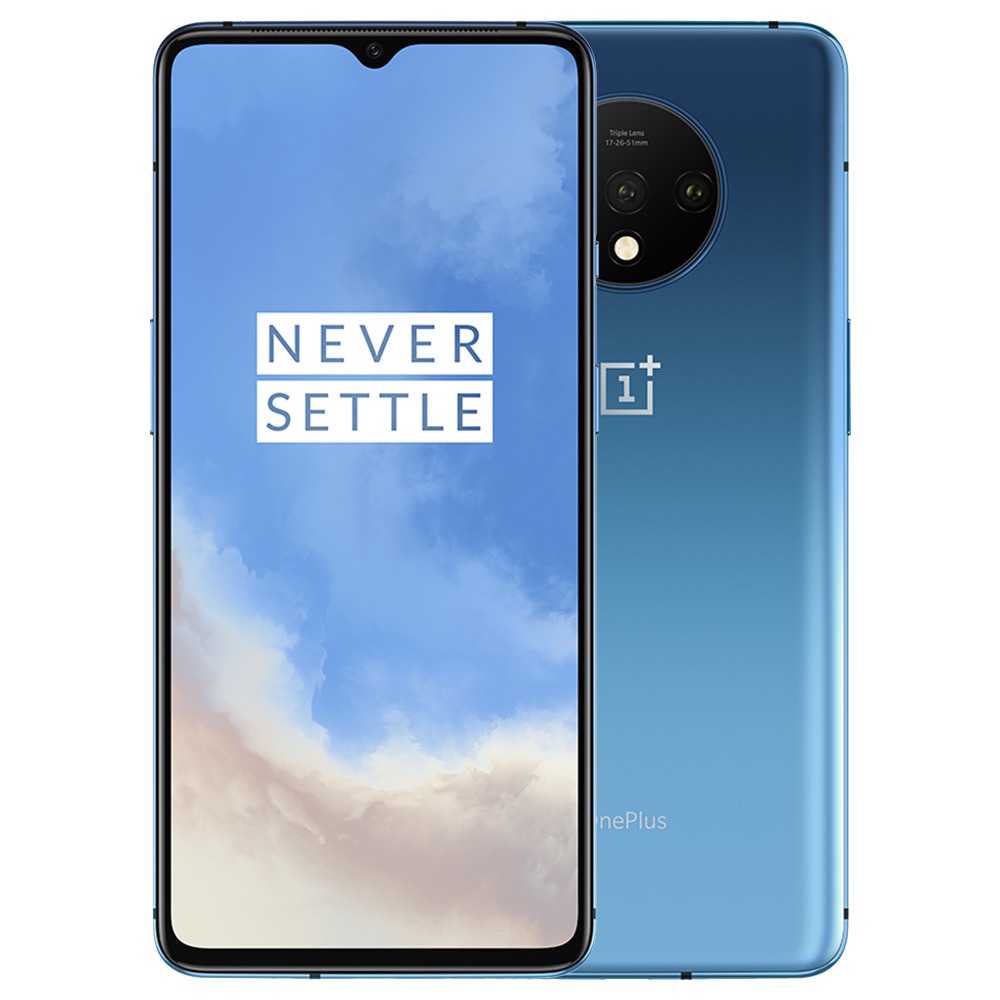 The OnePlus 7T is the quick successor to the OnePlus 7 and a smaller, cheaper version of the OnePlus 7T Pro. Due to the lower price and its more pleasant design, we recommend the 7T to almost everyone. Because of its smaller housing and flat screen, the smartphone is much nicer in your hand than the larger and heavier 7T Pro. It also has a screen with curved sides, which looks great but is not practical. Apart from its design, the 7T is an impressive smartphone. It runs on a very fast processor with no less than 8 GB of memory and 128 GB of storage. A micro SD card slot is unfortunately missing, just like a 3.5 mm headphone jack. The 6.6-inch full-HD OLED screen looks really beautiful and looks smoother due to the high refresh rate of 90Hz than the 60Hz screens of competing smartphones. However, the higher refresh rate demands more from the battery. With 90Hz switched on, the 3800 mAh battery of the OnePlus 7T is empty before bedtime. It is therefore better to switch back to 60Hz. The battery charges very quickly. With the three cameras on the back, you can take really nice photos during the day and in the dark. The OxygenOS software is also nice: practical stock Android with three years of updates.
The OnePlus 7T is the quick successor to the OnePlus 7 and a smaller, cheaper version of the OnePlus 7T Pro. Due to the lower price and its more pleasant design, we recommend the 7T to almost everyone. Because of its smaller housing and flat screen, the smartphone is much nicer in your hand than the larger and heavier 7T Pro. It also has a screen with curved sides, which looks great but is not practical. Apart from its design, the 7T is an impressive smartphone. It runs on a very fast processor with no less than 8 GB of memory and 128 GB of storage. A micro SD card slot is unfortunately missing, just like a 3.5 mm headphone jack. The 6.6-inch full-HD OLED screen looks really beautiful and looks smoother due to the high refresh rate of 90Hz than the 60Hz screens of competing smartphones. However, the higher refresh rate demands more from the battery. With 90Hz switched on, the 3800 mAh battery of the OnePlus 7T is empty before bedtime. It is therefore better to switch back to 60Hz. The battery charges very quickly. With the three cameras on the back, you can take really nice photos during the day and in the dark. The OxygenOS software is also nice: practical stock Android with three years of updates.
8. Huawei P30
Review score: 70/100
+ Good (night) cameras
+ Compact
– No wireless charging
– Software (support)
 Huawei’s P30 is a smaller, less versatile and therefore cheaper variant of the P30 Pro. The smartphone, for example, has a less good zoom lens and cannot charge wirelessly, although these are cuts that we can live with. The few times that the camera offers zoom is useful after all. And the battery life of the P30 is very good: one and a half to two days. Charging is also nice and fast. The smartphone takes good photos during the day and often outperforms the competition in the dark. The P30 has a total of three cameras on the back. In addition to the primary lens and zoom camera, you can also use the fine wide-angle lens. The overall performance and screen quality of the OLED display are impressive. With its 6.1-inch screen and narrow edges, the P30 is also relatively compact and handy than many alternative devices. Most people can use it perfectly with one hand. The moderate fingerprint scanner behind the screen is a shame and it is annoying that you can only expand the large storage capacity of 128GB with an expensive NM card. Huawei’s EMUI software also continues to swallow and the update policy could be better.
Huawei’s P30 is a smaller, less versatile and therefore cheaper variant of the P30 Pro. The smartphone, for example, has a less good zoom lens and cannot charge wirelessly, although these are cuts that we can live with. The few times that the camera offers zoom is useful after all. And the battery life of the P30 is very good: one and a half to two days. Charging is also nice and fast. The smartphone takes good photos during the day and often outperforms the competition in the dark. The P30 has a total of three cameras on the back. In addition to the primary lens and zoom camera, you can also use the fine wide-angle lens. The overall performance and screen quality of the OLED display are impressive. With its 6.1-inch screen and narrow edges, the P30 is also relatively compact and handy than many alternative devices. Most people can use it perfectly with one hand. The moderate fingerprint scanner behind the screen is a shame and it is annoying that you can only expand the large storage capacity of 128GB with an expensive NM card. Huawei’s EMUI software also continues to swallow and the update policy could be better.
9. LG G8S ThinQ
Score 60
+ Good battery life
+ Powerful hardware
– Not the best cameras
– Gesture control is disappointing
 LG G8s ThinQ is a high-end smartphone with shortcomings, which LG is trying to take away with a competitive selling price. That is why the telephone is a good choice, but not for everyone. For example, the LG software is a bit messy and busy and the update policy of the manufacturer is downright moderate. Another pity is the moderate gesture control via sensors on the front of the smartphone. With this you can, for example, arrange the music or take a call, but in practice this often does not work or it does. The 3D face protection is similar to that of the iPhone but is less accurate and fast. And the three cameras on the back of the G8s ThinQ are fine, but not the best in this price segment. The device impresses with its powerful processor, large storage memory (128 GB with micro-SD support) and long battery life. The battery charges at medium speed and can also charge wirelessly. The 3.5 mm headphone jack with high-quality DAC audio chip is nice. Music lovers can optimally enjoy their songs. The G8s ThinQ uses a 6.2-inch OLED screen that is less accurately adjusted than competing OLED screens. The screen size makes it difficult to operate the smartphone with one hand.
LG G8s ThinQ is a high-end smartphone with shortcomings, which LG is trying to take away with a competitive selling price. That is why the telephone is a good choice, but not for everyone. For example, the LG software is a bit messy and busy and the update policy of the manufacturer is downright moderate. Another pity is the moderate gesture control via sensors on the front of the smartphone. With this you can, for example, arrange the music or take a call, but in practice this often does not work or it does. The 3D face protection is similar to that of the iPhone but is less accurate and fast. And the three cameras on the back of the G8s ThinQ are fine, but not the best in this price segment. The device impresses with its powerful processor, large storage memory (128 GB with micro-SD support) and long battery life. The battery charges at medium speed and can also charge wirelessly. The 3.5 mm headphone jack with high-quality DAC audio chip is nice. Music lovers can optimally enjoy their songs. The G8s ThinQ uses a 6.2-inch OLED screen that is less accurately adjusted than competing OLED screens. The screen size makes it difficult to operate the smartphone with one hand.
10. Huawei Mate 20 Pro
Techzle review score: 60/100
+ Excellent battery life
+ Good, versatile cameras
– EMUI software
– No headphone connection
